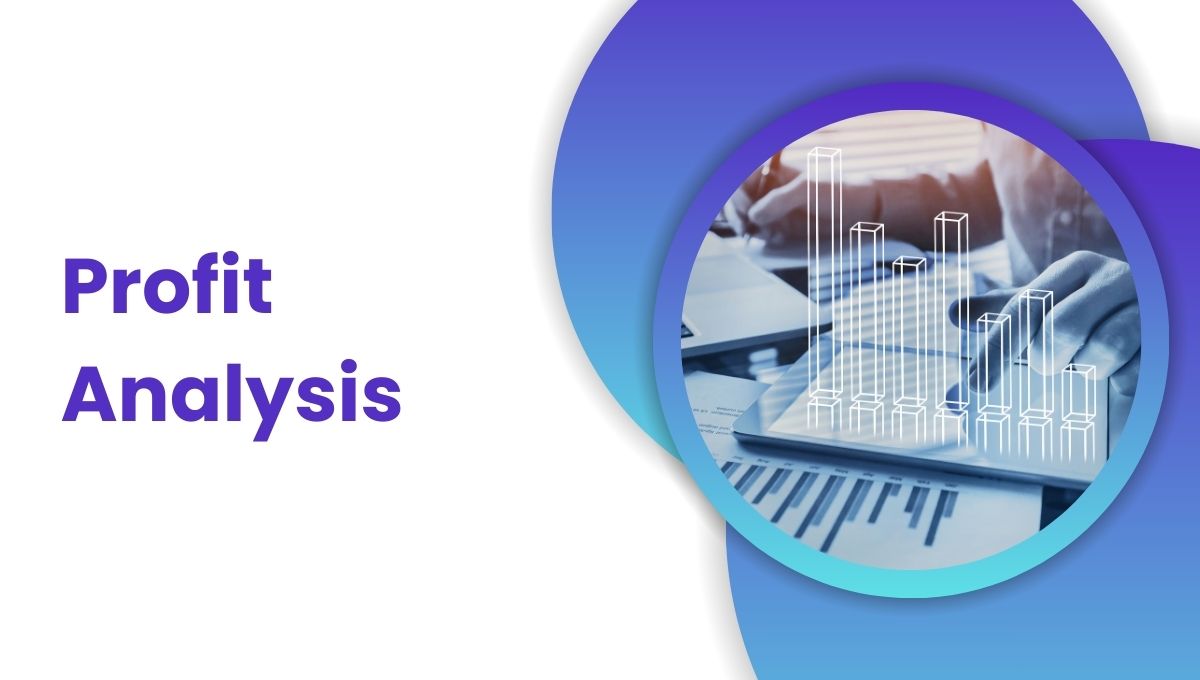Most business organizations are characterized by speedy and competitive natures that define success or failure for most of them. Probably, one of the vital tools of business analysis involves marginal analysis. Marginal analysis is an important concept found within economics. This kind of approach facilitates the analysis of benefits against costs of incremental change as part of the business decision-making process. This blog is discussing concepts of marginal analysis, business uses of this analysis, and how to blend with other tools like cost-benefit analysis in making effective decisions that generate profit.
What is Marginal Analysis?
Marginal analysis is one of the decision-making tools that study the impact of small changes in the allocations of resources or changes in business strategies. It basically compares the marginal cost MC of producing one more unit of a good or service with its marginal benefit MB. By applying this principle based on economic principles, the idea is to ensure that the return on resources is maximized, and waste is minimized.
As Milton Friedman, a renowned economist, aptly said:
“The appropriate role of government is precisely the same as the appropriate role of the individual: to further their own interests and well-being through efficient choices.”
The process of marginal analysis by firms resolves questions such as the following:
- Should we produce another unit of a commodity?
- Is it worthwhile to add another worker to the labor force?
- Does more money spent on advertising generate corresponding increments in revenue?
The Roots of Marginal Analysis
The core of marginal analysis rests on economic principles like the Law of Diminishing Marginal Returns. This states that after a certain point, incrementally less benefit comes from each successive unit added as more units of the resource are used.
Take, for example, adding more workers to a production line in manufacturing. At first, this would seem to increase the output, but overcrowding or a limitation of resources might eventually lower the efficiency of each added worker.
Key Terms in Marginal Analysis:
-
Marginal Cost (MC): The cost of producing one more unit. Marginal Benefit (MB) The additional revenue or utility coming from producing or consuming another unit.
-
Optimal Decision Rule: If MC equals MB, businesses achieve the best possible result.
Marginal Analysis in Business Decision Making
Marginal analysis is widely used by business companies of all kinds of sectors. Here is how it works in different applications:
Pricing Strategies:
Such determinations of the best value price for goods and services may be made through analysis based on marginal analysis tools. The company will often observe how changes in prices cause ripples in the number sold as well as revenue garnered for a good. Most of the dynamic pricing models practiced today, especially in industries like airlines and e-commerce, rely on marginal analyses.
Production Planning:
Manufacturers use marginal analysis to decide whether to increase or decrease production. For instance, if producing an additional unit costs $50 but generates revenue of $70, the decision to increase production aligns with maximizing profits.
Marketing Investment:
Marketing budgets are scarce. Thus, the evaluation of ROI for campaigns is an imperative. Marginal analysis determines for which incremental amount of marketing expenditure brings no proportional gain in addition.
Hiring:
Marginal product of an additional employee often has to be weighed by a firm against the incremental cost of hiring the individual, including salary and costs of training.
Cost Management:
Marginal analysis can also be applied in cost-benefit analysis, where organizations can streamline their operations by identifying the activities that contribute the most to profitability.
Real-World Applications of Marginal Analysis
Tech Giants and Marginal Utility: Companies such as Amazon and Netflix apply marginal analysis to enhance user experience. For instance, Netflix weighs the cost of getting more servers to improve streaming quality against the benefits of increased subscriber satisfaction and retention.
Retail Industry: Marginal analysis in retail determines how much inventory to hold. Overstocking results in carrying costs, while understocking means lost sales.
Healthcare: Hospitals use marginal analysis to determine the best use of resources, such as medical personnel or equipment, to deliver maximum patient care without waste.
Supporting Statistics:
McKinsey found that companies that use data-driven decision-making, such as marginal analysis, are 23% more likely to outperform the competition in profitability.
According to research from Deloitte, companies that have strong marginal analysis strategies cut operational waste by an average of 15% annually.
Challenges in the Application of Marginal Analysis
Though the benefits of marginal analysis are clear, its application is not without challenges:
Data Accuracy: Marginal analysis requires accurate and timely data. Poor inputs lead to poor decisions.
Dynamic Markets: Rapidly changing market conditions may render marginal cost and benefit estimates obsolete.
Complexity: Companies with multiple products in their portfolios may find it time-consuming to carry out marginal analysis on each product.
Role of Marginal Analysis in the US CMA Course
The US CMA course (Certified Management Accountant) places great emphasis on the use of marginal analysis in managerial decisions. CMAs are taught to:
- Apply marginal analysis in budgeting and forecasting.
- Evaluate investment opportunities using cost-benefit analysis.
- Create pricing and production strategies based on economic principles.
For professionals looking to advance in the world of finance and accounting, studying marginal analysis through the US CMA course enables them with analytical skills to analyze complicated business problems.
Marginal Analysis vs. Cost-Benefit Analysis
Though marginal analysis takes a viewpoint on incremental changes, cost-benefit analysis is based on general costs and benefits for making a decision or starting up a project. Combining both tools helps give one a complete framework in making wise decisions.
Example:
For instance, if a manufacturing firm is to decide on buying new machinery, marginal analysis computes immediate effects on the outputs and costs. Meanwhile, the cost-benefit analysis accounts for long-run financial implications including aspects like maintenance and revenue expansion.
Takeaways for Business Stakeholders
Marginal analysis goes beyond just an abstract thought concept to become a very functional entity influencing business decisions. Taking account of incremental costs or benefits, a firm might achieve the following goals :
- Resource allocation efficiency
- Increased profit.
- Respond to changing market conditions
According to Albert Einstein,“Not everything that counts can be counted, and not everything that can be counted counts.”
The bottom line of this quotation is that one must strike a balance between quantitative insights and qualitative judgment—a key factor in proper decision-making.
Frequently Asked Questions: Marginal Analysis in Business
Q1: How does marginal analysis differ from cost-benefit analysis?
A: Marginal analysis focuses on incremental change. On the other hand, cost-benefit analysis measures total costs and benefits of any given decision or project.
Q2: What are the drawbacks of marginal analysis?
A: The drawbacks of this type of analysis include reliance on precise data, sensitivity in multi-product scenarios, and to dynamic market conditions.
Q3: Does marginal analysis apply to decisions not based on money?
A: It can be applied for decisions like allocating resources in not-for-profit organizations or managing one’s time for personal productivity.
Q4: How is marginal analysis related to the Law of Diminishing Marginal Returns?
A: Marginal analysis makes use of this law to determine at what point extra inputs will start producing diminishing marginal returns so that optimum usage of the resource can be made.
Q5: Is marginal analysis a part of the US CMA course?
A: Yes, the US CMA course has marginal analysis as part of its managerial accounting and decision-making curriculum.
Conclusion
Marginal analysis is an economic principle and one of the most vital tools for business decision-making. By understanding and using this concept, organizations can make good choices, be efficient, and grow sustainably. Business leaders, aspiring CMAs, or professionals who wish to build up their analytical capabilities all know that mastering marginal analysis takes one step closer to smart decision-making in a world with a lot of complexity.










